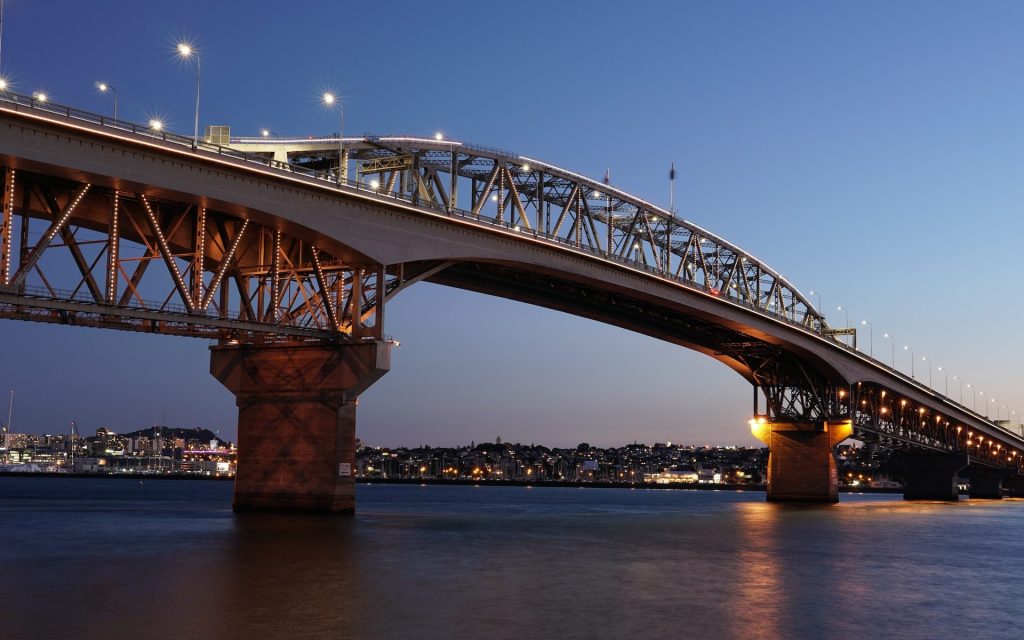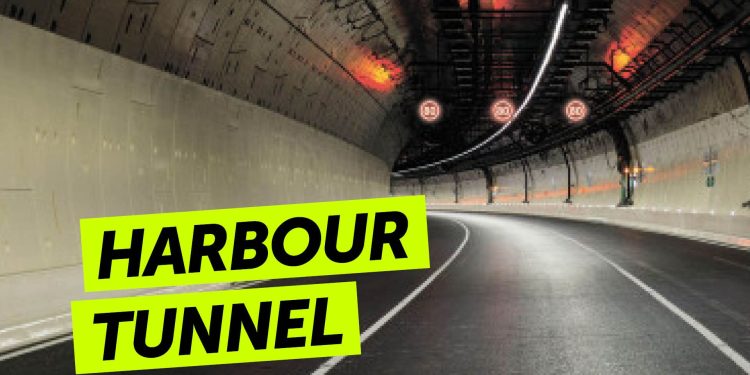Tunnels proposed for second Auckland harbour crossing
Words: Harrison Wade | Photo: Waka Kotahi
Auckland could be set to get two new road tunnels as its second harbour crossing, alongside a separate light rail tunnel.
Over the weekend, Prime Minister Chris Hipkins and Transport Minister David Parker proposed the alternate route to the current Harbour Bridge as a way to help reduce traffic congestion in our nation’s biggest city.
Both road tunnels will run in opposite directions to each other, consisting of three lanes each, at a length between five to six kilometres underneath the Waitemata Harbour.
Once built, lanes on the Harbour Bridge will be reallocated for a new busway as well as walking and cycling paths that will run from Westhaven to Constellation Drive on the North Shore.
Following the construction of the road tunnels, a separate 21 km-long light rail tunnel will be constructed that will link Wynyard to Albany. Six stations will be built along the route at Belmont, Takapuna, Smales Farm, Glenfield, North Harbour and Albany West.
The overall cost for the Auckland Harbour Crossing project is estimated to be between $35 and 45 billion, with the road tunnels costing between $12 and 15 billion alone.

“We could afford the Harbour Bridge in 1959, when Auckland’s population was only 430,000, so we can afford a second crossing that will modernise transport for the city’s residents and the millions of people who visit every year,” Hipkins said.
“This is a bold plan for Auckland’s future that delivers a modern transport network that will connect all parts of the city.
“Reducing congestion requires improvements to both roading and public transport, giving the public choice.”
If given the green light, construction of the project is set to start at the end of the decade in a phased approach.
Other work like raising the exiting section of State Highway One to the north of the Harbour Bridge would also need to be done to protect it from flooding caused by storm surges and rising sea levels, according to Waka Kotahi.
“Waka Kotahi will also report back to Cabinet next year with a detailed plan for how the elements of the cross-harbour plans can be phased and funded,” Parker said.
“With a project of this scale, we will need to keep an open mind to funding options. We are seeking advice from Waka Kotahi on this.”





